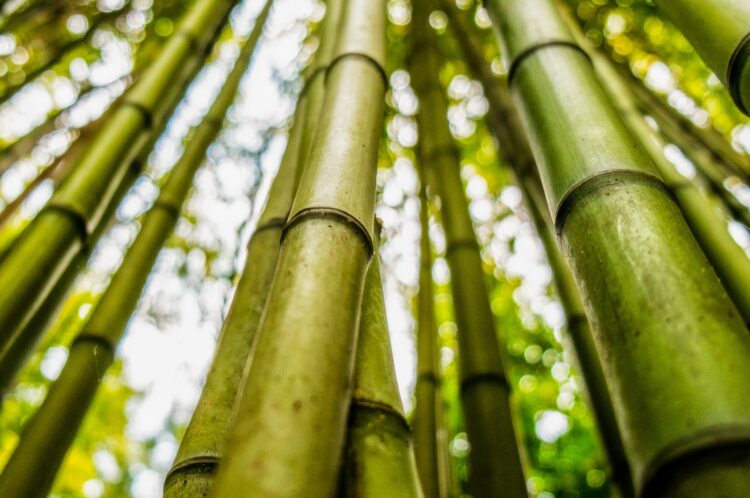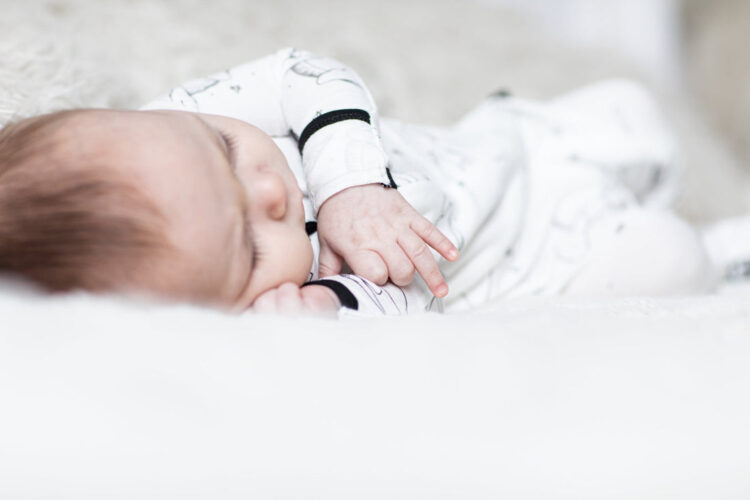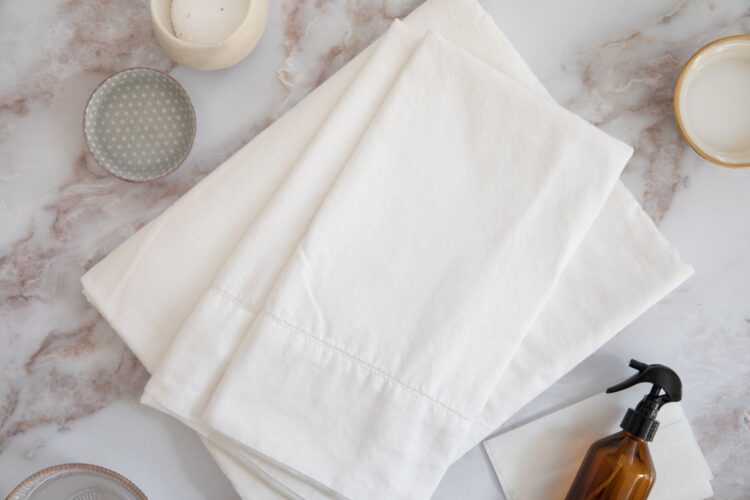In recent years, bamboo has emerged as a popular material in the fashion industry, touted for its sustainability and comfort. But what makes bamboo an attractive choice for clothing?
This article sheds light on the benefits and considerations of using bamboo fabric, offering a comprehensive overview for those curious about its role in apparel.
Page Contents
Sustainability of Bamboo

Source: advnture.com
Bamboo stands out for its rapid growth rate, making it a highly renewable resource. Unlike traditional crops, bamboo can grow up to a meter per day, depending on the species, and it regenerates naturally after cutting without the need for replanting.
This characteristic minimizes deforestation risks and ensures a steady supply of raw materials for fabric production.
Eco-friendly Production
The production process can be environmentally friendly, particularly when employing mechanical methods. These methods, akin to those utilized by Free Fly Clothing, retain the bamboo fiber’s natural properties by crushing the woody parts of the bamboo plant and using natural enzymes to break them into a mushy mass.
From this point, fibers are delicately combed out and spun into yarn, preserving the integrity of the material.
This approach aligns with Free Fly Clothing’s commitment to sustainability and eco-conscious practices, reflecting a shared ethos in promoting environmentally friendly apparel.
In contrast, chemical methods, while more common due to their cost-effectiveness, involve the use of harmful substances, posing risks to both environmental and human health.
Comfort and Durability
Fabric is renowned for its softness, often compared to silk or cashmere, making it extremely comfortable to wear. It naturally wicks moisture away from the skin, keeping the wearer dry and comfortable.
Additionally, bamboo fabric is breathable and thermoregulating, maintaining a comfortable temperature whether in hot or cold environments.
Despite its softness, bamboo fabric is incredibly strong and durable. It withstands numerous washes without losing its shape or feeling worn out.
This resilience ensures that clothing made from bamboo fabric can last for years, reducing the need for frequent replacements and, consequently, lessening waste.

Source: peregrinekidswear.com
Health and Hypoallergenic Properties
This fabric possesses natural antimicrobial properties, attributed to an antimicrobial bio-agent called “bamboo kun” found within the bamboo itself.
This agent allows bamboo to thrive in nature without pesticides or fertilizers and remains in the fabric, providing a level of protection against bacteria and fungus. This makes bamboo clothing particularly suitable for those with sensitive skin or allergies.
For individuals with sensitive skin, bamboo fabric is a boon due to its hypoallergenic nature. It doesn’t irritate the skin, making it ideal for everyday wear and for those who experience allergic reactions to other natural or synthetic fibers.
Additionally, bamboo fabric offers some level of UV protection, adding an extra layer of defense against the harmful effects of the sun’s rays.
Conclusion

Source: thespruce.com
In conclusion, bamboo presents a compelling option for clothing, combining environmental sustainability with unparalleled comfort and health benefits.
While the eco-friendliness largely depends on the production process, the inherent qualities of bamboo—softness, durability, and hypoallergenic properties—make it a favorable choice for a wide range of apparel.
As the fashion industry continues to evolve towards more sustainable practices, bamboo fabric is likely to play an increasingly significant role in clothing production.





